New Product Change Notice (PCN) effective Jan 1, 2025. MICROSENSOR appreciate your understanding.
Magnetic Flowmeters
Electromagnetic Flowmeter
MFE600E
CE, ATEX approved
Flange, sanitary, threaded, clamping type available
Electromagnetic Flow Meter
MFE600Z
Accuracy: ±0.5%, ±1.0%
Corrosion- and wear-resistant electrode and lining materials available
Corrosion- and wear-resistant materials available
Electromagnetic Heat Flowmeter
MFE600H
Structure type: separated type, integrated type
Insert Type Electromagnetic Flow Meter
MFE600C
Accuracy: ±2.5%
Convenient for maintenance and repair
Pressure port: ANSI 1/2 NPT, JIS G1/2
Flow Switch
MFM500A
3cm/s~300cm/s(oil)
Temperature Compensation LED Indicator
Electromagnetic flowmeters are solely applicable for conductive liquid media. They boast extensive use in numerous diverse fields, including petroleum, chemical, metallurgy, water supply and drainage systems, steel, coal, paper, food, textile, environmental protection, and myriad other industries related to municipal administration and water conservancy construction, to name but a few.
-
Micro Sensor Concludes Its 8th Technology Conference
As digitalization and intelligent manufacturing continue to advance, technical capabilities have become a key driver of long-term growth in the measurement and control industry. In 2025, Micro Sensor held its 8th Technology Conference,...
-
Pressure, Flow, and Temperature Solutions for Straw-to-Sugar Production
Driven by China’s “dual-carbon” strategy and the growing circular economy, straw-based sugar production has emerged as a key pathway for turning agricultural residues into valuable resources. By converting crop straw into sugar solu...
-
MDM7000 Series Pressure Transmitters: ATEX-Certified for Hazardous Areas
In hazardous areas, instrumentation is a critical part of the safety chain. In oil & gas, chemical, and storage & transport industries, pressure measurement instruments must operate reliably under high temperatures, high pressures, and...
-
Pressure Transmitters for Gas Metering and Regulation
As urban, industrial, and clean-energy gas use expands, distribution networks are shifting toward higher operating pressures, larger flow capacities, and more intelligent control architectures. Gas metering and regulation equipment ser...
-
What Does ATEX Pressure Transmitter Stand For?
What happens when you need precise and reliable pressure measurement in a harsh environment? A single spark or a hot surface can trigger an explosion, endangering not only equipment but also entire facilities. This is where ATEX pressu...
-
MICROSENSOR Wins 2025 AchemAsia Process Innovation Award
October 14, 2025 – Beijing, China — Micro Sensor's MDM7000 Smart Pressure Transmitters has been honored with the 2025 AchemAsia Process Innovation Award in the category of Digitalization and Instrumentation.The award, jointly organiz...


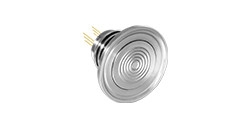
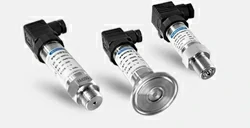
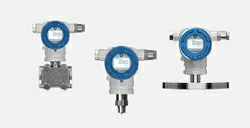
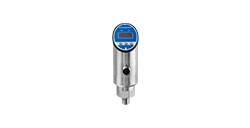
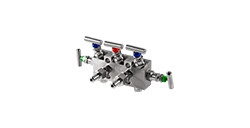
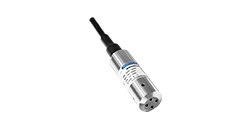
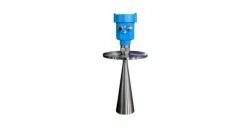


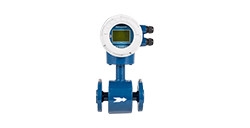
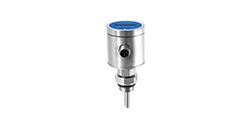

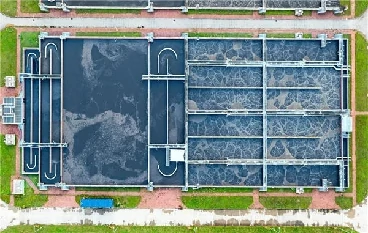








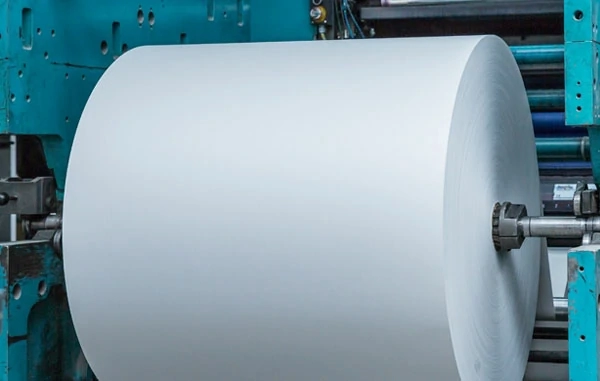


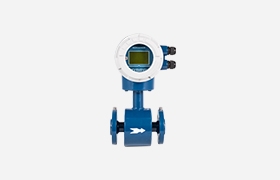
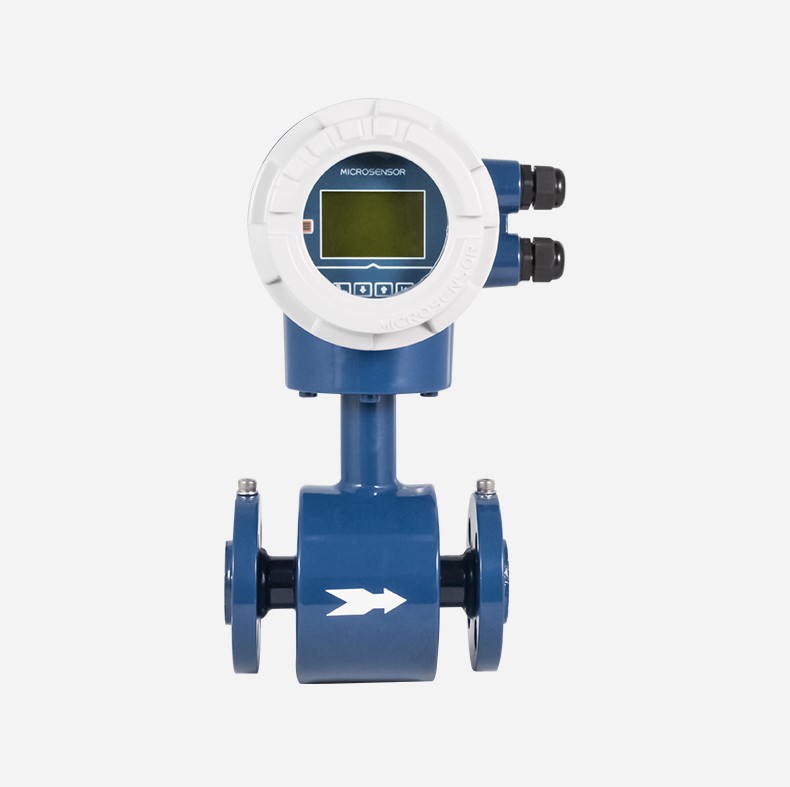
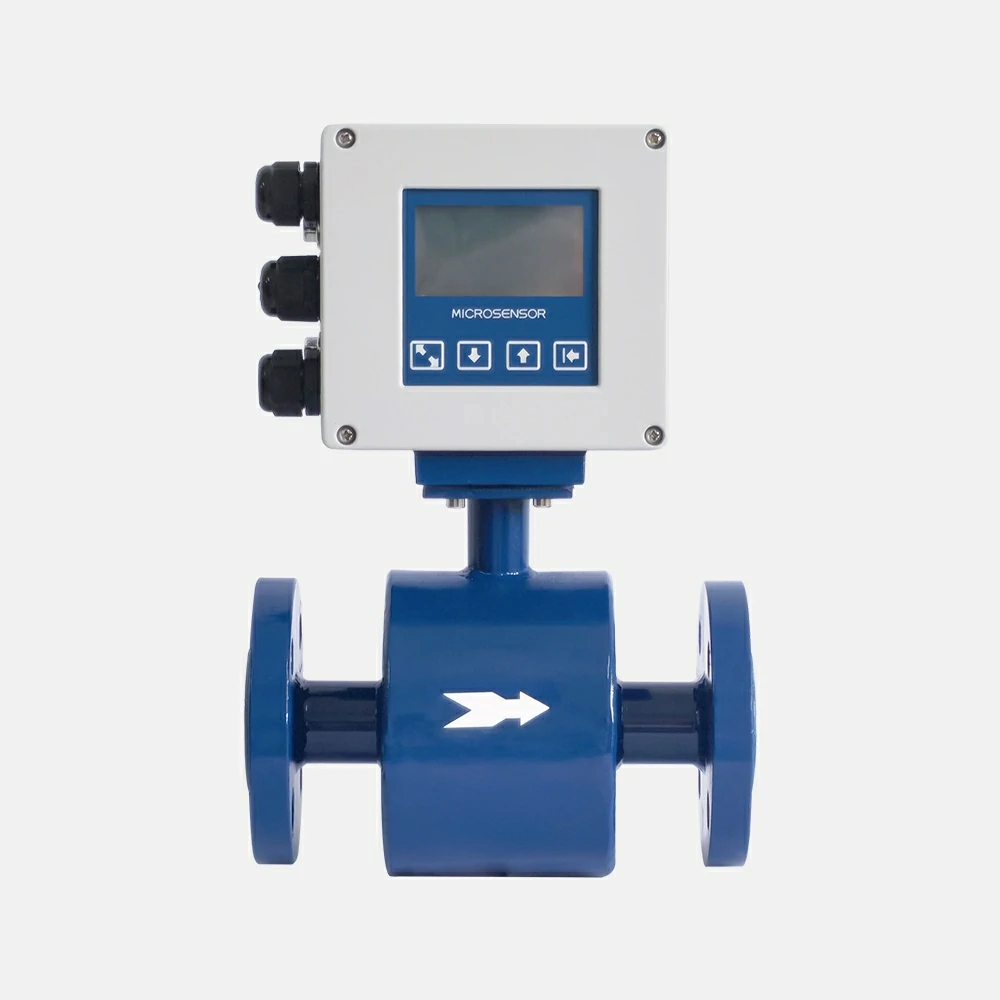
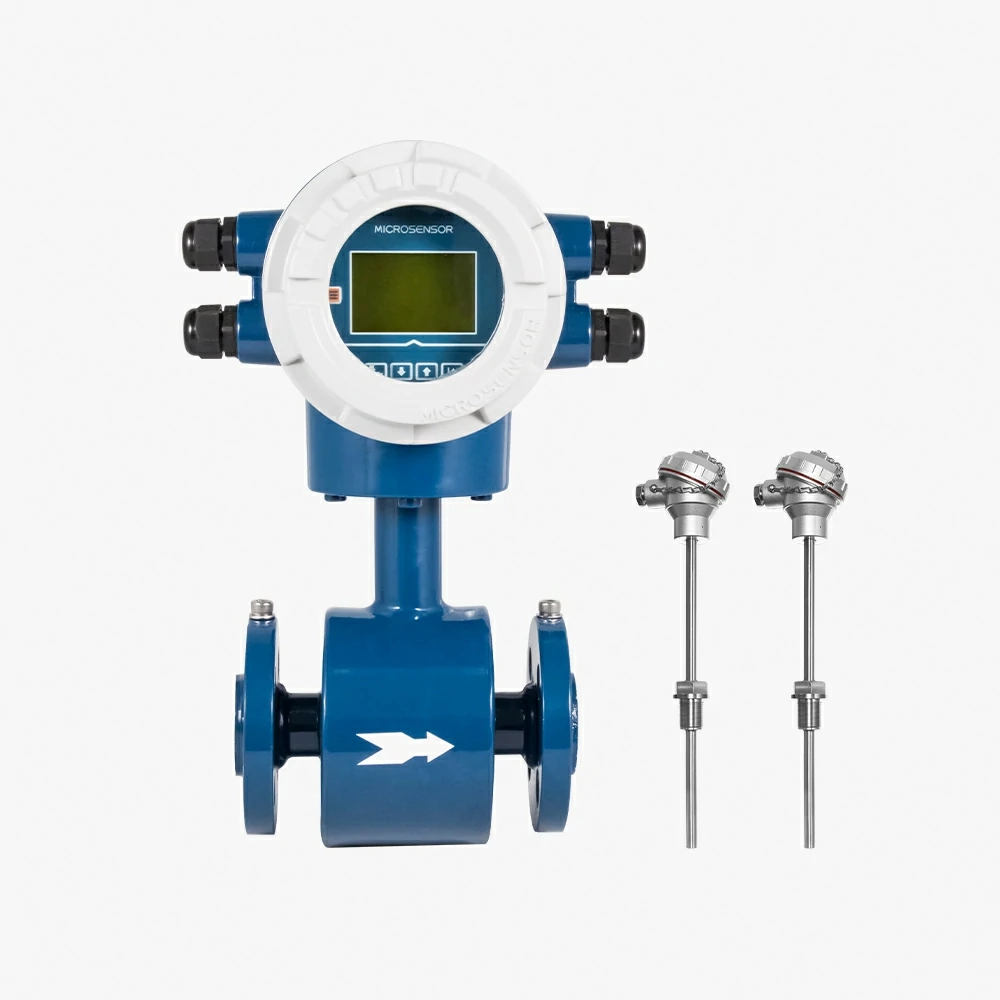
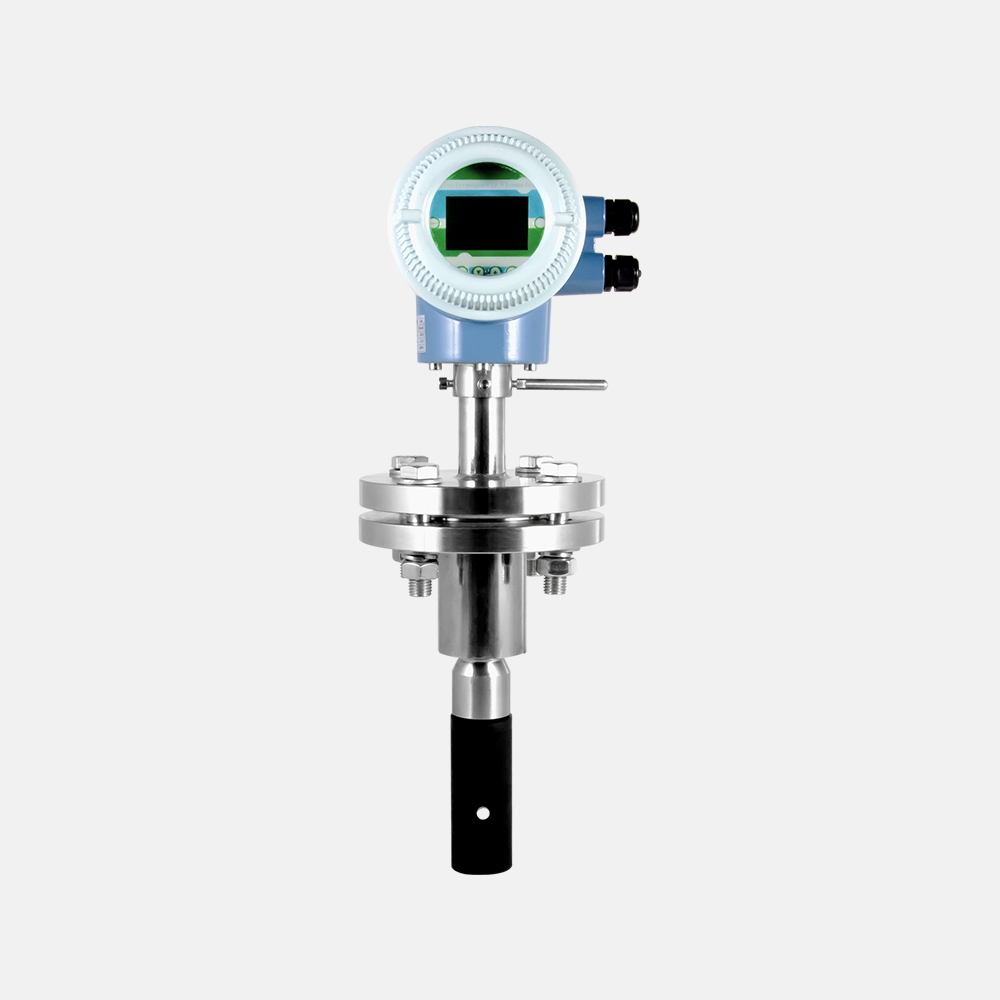
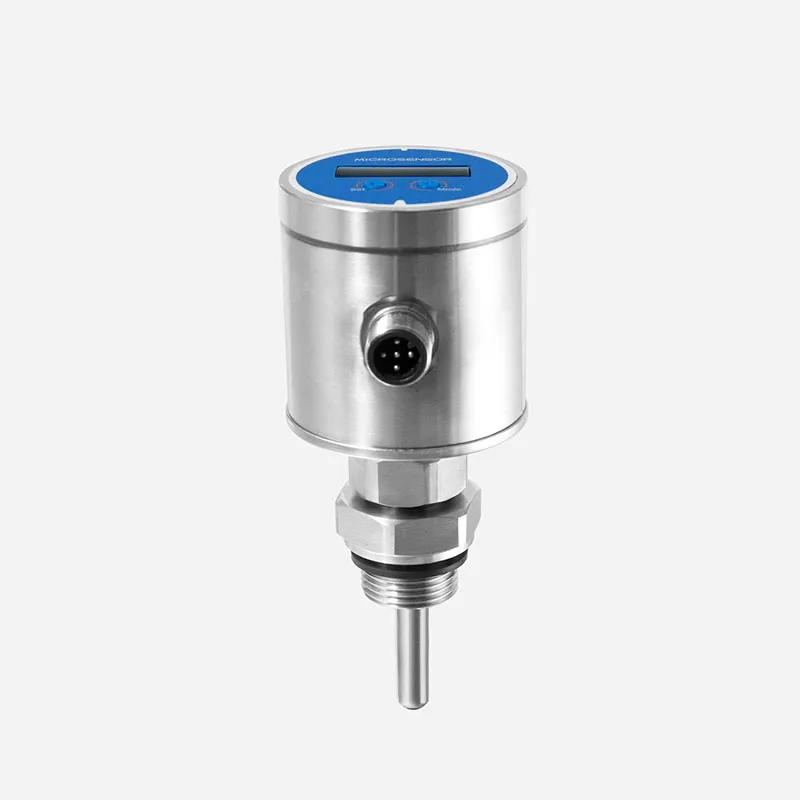
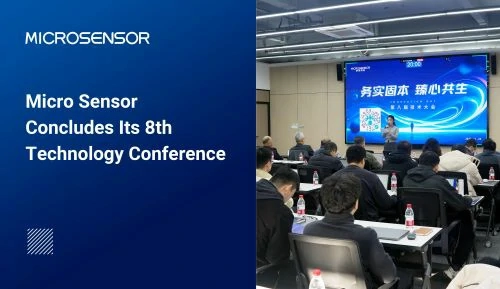

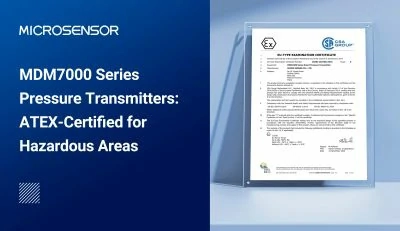



 Copyright © 2025 MICRO SENSOR CO., LTD
Copyright © 2025 MICRO SENSOR CO., LTD